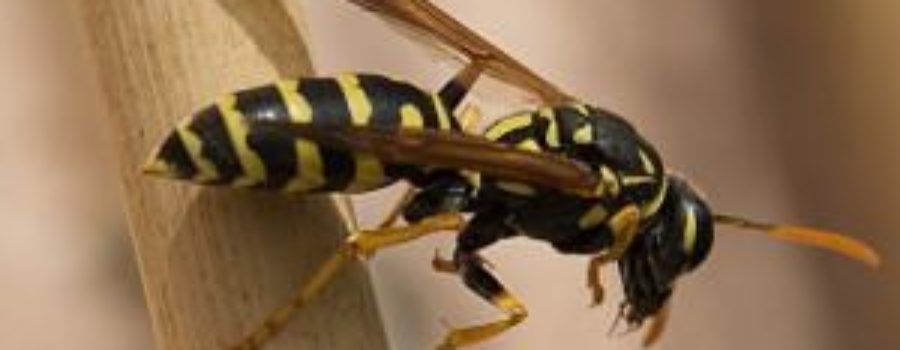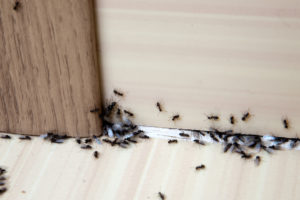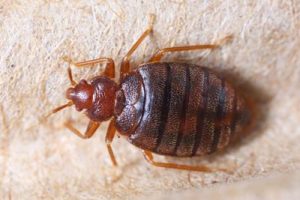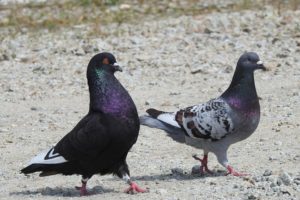Many people who are “stung by bees” in Colorado are actually stung by the western yellow jacket wasp (V. pensylvanica).
Western Yellow Jackets are banded yellow (or orange) and black and are commonly mistaken for honey bees. However, Western Yellow Jackets have smooth bodies with vivid color, whereas honey bees have hairy bodies and their color isn’t as bright.
Yellow Jackets typically nest about 4 to 6 inches underground using existing hollows, such as a rodent burrow . The nests are built large, starting about the size of a golf ball in the spring and by the end of summer reaching the size of a basketball. They are made of wood fibers and Yellow Jacket saliva. They are enclosed in a hexagonal paper envelope with a small entrance tunnel at the bottom. The nest is not visible and is unnoticeable unless excavated. Yellow Jacket colonies will defend themselves and sting when the nest is disturbed.
In the wild, Yellow Jackets will eat a variety of insects and fruits. However, because of human behavior, Yellow Jackets have become a dangerous pest. Humans concentrate their garbage and leave food out uncovered. Yellow Jackets will gravitate to these food sources as an alternative food supply. This puts them into close proximity to humans. Yellow Jackets are very persistent and aggressive over food. They are also very aggressive and protective of their colonies. Their stinging behavior is encountered at nesting sites, but sometimes scavenging Yellow Jackets will sting if someone tries to swat them away from a potential food source. When scavenging at picnics or other outdoor meals, Yellow Jackets will crawl into soda cans and can sting your lips or the inside of your mouth or throat. As a result, increased pest control efforts have occurred.
Reactions to wasp stings vary from only short-term, intense pain to substantial swelling and tenderness, some itching, or even to life-threatening allergic responses. If a Yellow Jacket stings, the recommended treatment is an antihistamine ointment and/or tablet to reduce the reaction. Those who are highly sensitive or allergic to stings should speak to a physician about alternatives such an Epipen. One concern is a condition that results from multiple-sting encounters. Red blood cells and other tissues in the body become damaged from the wasp venom, the tissue debris and other breakdown products are carried to the kidneys, to be eliminated from the body. Too much debris and waste products can cause blockages in the kidneys, resulting in renal insufficiency or renal failure. Patients with this condition require medical intervention, which can include dialysis.
The best way to prevent unpleasant encounters with Yellow Jackets is to avoid them. If you know where they are, try not to go near their nesting places. Try not to leave food around to attract them. Keep food either inside the house or covered if outside. Keep garbage can lids closed tight. Once wasps discover food, they will continue to hunt around that location long after the food has been removed.
If Yellow Jacket nests must be eliminated, it is easiest and safest to call for professional help.





Leave a Reply
Your email is safe with us.